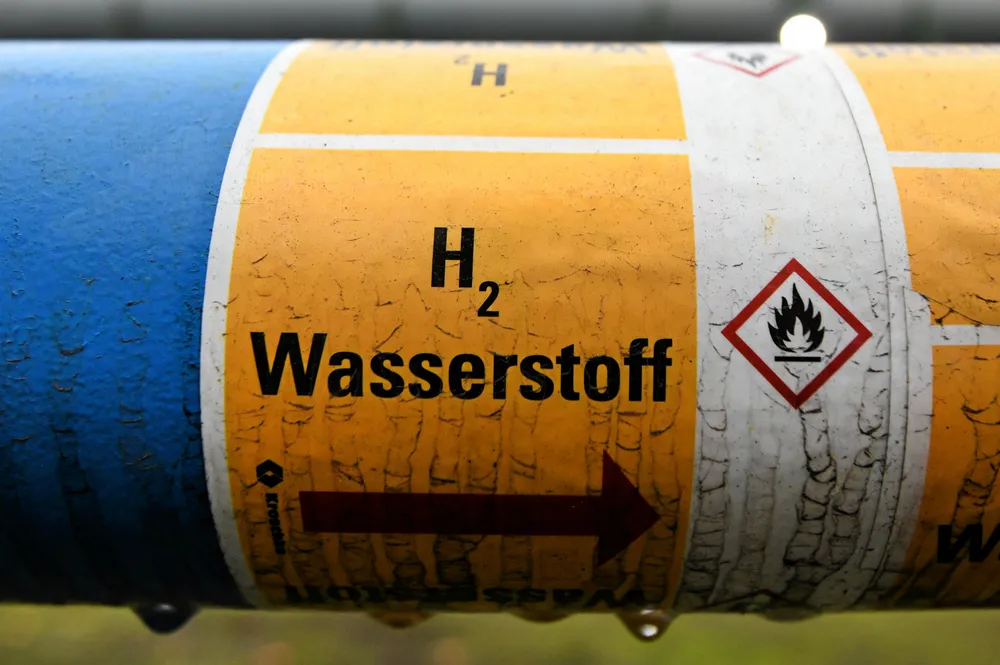'No one knows' how much hydrogen is leaking into the atmosphere: Environmental Defense Fund
Estimates for how much H2 leaks throughout production, transportation, storage and end use vary 100-fold

Estimates for how much H2 leaks throughout production, transportation, storage and end use vary 100-fold
